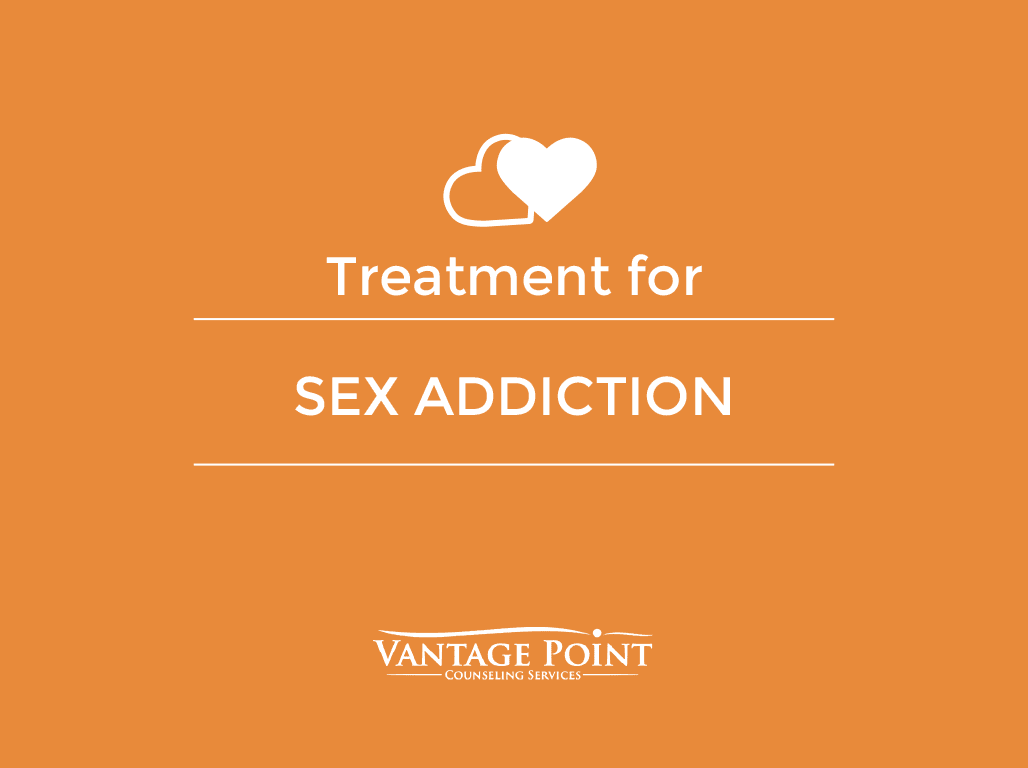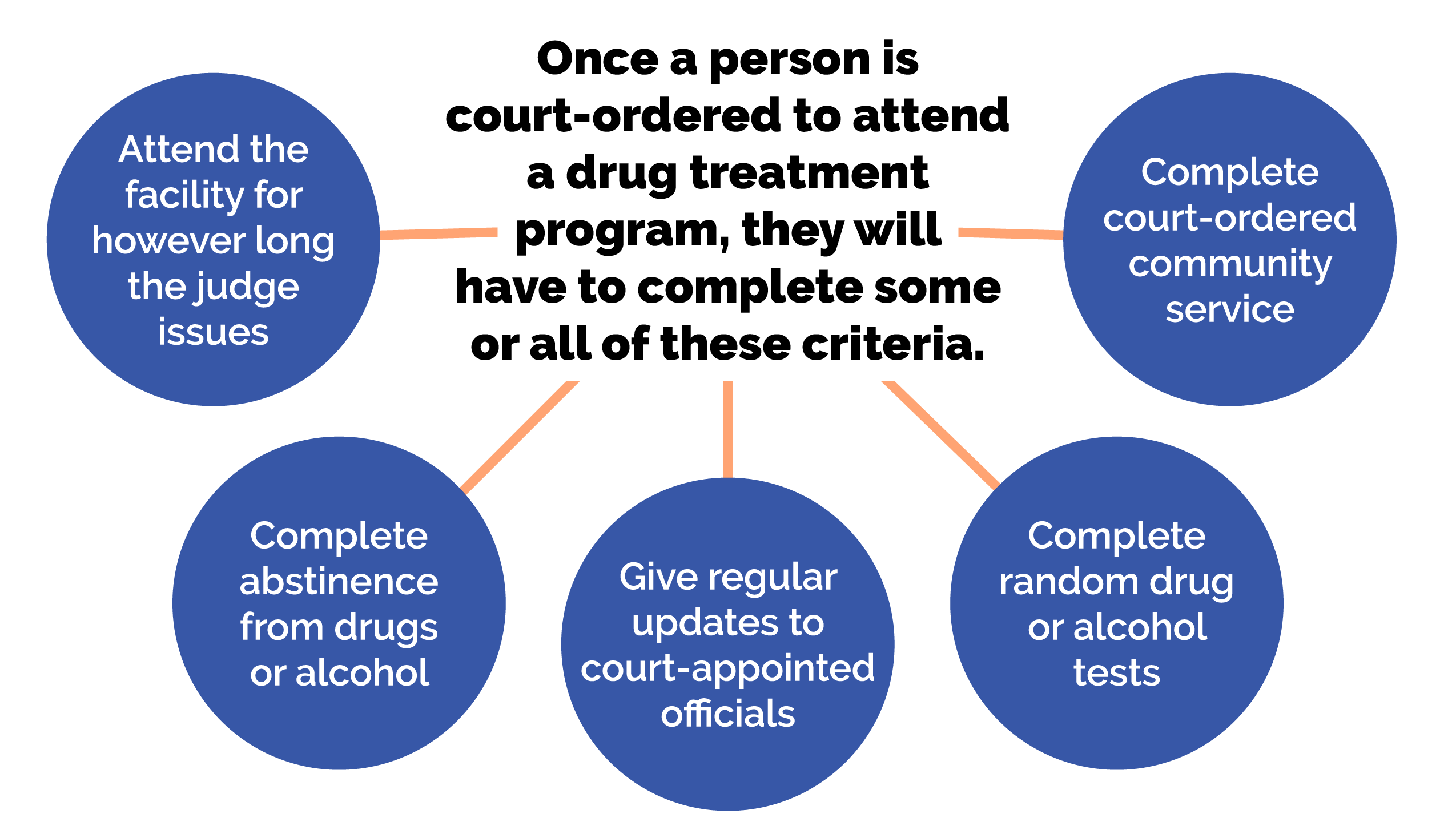"A study of three kinds of group psychotherapy with hospitalized male inebriates". 18 (2 ): 26377. PMID 13441877. Cartwright AK (December 1981). "Are various therapeutic perspectives crucial in the treatment of alcoholism?". 76 (4 ): 34761. doi:10.1111/ j. 1360-0443.1981. tb03232.x. PMID 6947809. Department of Behavioral Health Services, ADHS/DBHS Best Practice Advisory Committee. "Customer Directed, Outcome-Informed Practice (CDOI)".
"A psychoanalytical theory of 'drug dependency': unconscious fantasies of homosexuality, obsessions and masturbation within the context of teratogenic processes". Int J Psychoanal. 76 (Pt 6): 112142. PMID 8789164. Marlatt, G. Alan (1985 ). "Cognitive consider the regression procedure". In Gordon, Judith R.; Marlatt, G. Alan (eds.). New York City: Guilford Press.
Glavin, Chris (6 February 2014). "Cognitive Designs of Addiction Recovery K12 Academics". www.k12academics.com. Obtained 1 October 2018. Beck, Aaron T.; Wright, Fred D.; Newman, Cory F.; Liese, Bruce S. (16 January 2001). "Ch 11: Focus on Beliefs". Cognitive Therapy of Substance Abuse. Guilford Press. pp. 16986 - how to choose an addiction treatment center. ISBN 978-1-57230-659-2. Mendelson JH, Sholar MB, Goletiani N, Siegel AJ, Mello NK (September 2005).
Neuropsychopharmacology. 30 (9 ): 175163. doi:10.1038/ sj.npp. 1300753. PMC. PMID 15870834. Carmody TP, Vieten C, Astin JA (December 2007). "Unfavorable affect, psychological approval, and smoking cigarettes cessation". J Psychedelic Drugs. 39 (4 ): 499508. doi:10.1080/ 02791072.2007.10399889. PMID 18303707. Ruiz, F. J. (2010 ). "An evaluation of Approval and Commitment Treatment (ACT) empirical evidence: Correlational, experimental psychopathology, part and result research studies".
10 (1 ): 12562. Hayes, Steven. "State of the ACT Find more info Evidence". ContextualPsychology.org. Black DS (April 2014). "Mindfulness-based interventions: an antidote to suffering in the context of compound usage, misuse, and dependency". Subst Usage Abuse. 49 (5 ): 48791. doi:10.3109/ 10826084.2014.860749. PMID 24611846. Chiesa A (April 2014). "Are mindfulness-based interventions reliable for compound use conditions? A methodical evaluation of the evidence".
49 (5 ): 492512. doi:10.3109/ 10826084.2013.770027. PMID 23461667. Garland EL (January 2014). "Mindfulness training targets neurocognitive systems of dependency at the attention-appraisal-emotion interface". Front Psychiatry. 4 (173 ): 173. doi:10.3389/ fpsyt. 2013.00173. PMC. PMID 24454293. "Fatal overdoses, fraud plague Florida's flourishing drug treatment market". NBC News. Obtained 1 November 2017. Sforza, Teri; et al.
"How some Southern California drug rehab centers exploit dependency". ocregister.com. Ancyc, Tyra; et al. (10 March 2020). "Rehabilitation in Thailand". thairehabhelper.com. Karasaki, et al. (2013 ). The Location of Volition in Dependency: Differing Approaches and their Implications for Policy and Service Arrangement. Kinsella, M. (2017 ). "Fostering customer http://trevorhtgk256.bearsfanteamshop.com/the-7-minute-rule-for-how-family-treatment-courts-can-help-reduce-alcohol-addiction autonomy in dependency rehabilitative practice: The function of healing 'presence'." Journal of Theoretical and Philosophical Psychology, 37( 2 ), 91108.
Some Known Incorrect Statements About When An Adolescent Comes For Addiction Treatment
Tabulation Drug abuse treatment plans not only help addicts detoxify in a safe environment but likewise assist them through all phases of the healing procedure. In 2015, the Compound Abuse and Mental Health Services Administration (SAMHSA) estimated that nearly 22 million individuals at least 12 years of age required compound abuse treatment. No single meaning of treatment exists, and no basic terms describes different measurements and aspects of treatment. Explaining a center as supplying inpatient care or ambulatory services defines just one aspect (albeit an important one): the setting. Additionally, the specialized drug abuse treatment system differs around the country, with each State or city having its own peculiarities and specialties. how to open an addiction treatment center.

California likewise offers a number of community-based social model public sector programs that stress a 12-Step, self-help method as a foundation for life-long healing (what is the treatment for alcohol addiction). In this chapter, the term treatment will be restricted to explaining the official programs that serve clients with more severe alcohol and other drug issues who do not react to short interventions or other office-based management techniques.
In the majority of communities, a public or private firm regularly assembles a directory of compound abuse treatment facilities that provides helpful details about program services (e.g., type, place, hours, and ease of access to public transport), eligibility criteria, cost, and personnel complement and certifications, including language proficiency. This directory site may be produced by the regional health department, a council on alcoholism and substance abuse, a social services organization, or volunteers in recovery.
Another resource is the National Council on Alcohol and Substance Abuse, which supplies both evaluation or referral for a sliding scale charge and distributes totally free details on treatment centers nationally. Also, the Drug Abuse and Mental Health Providers Administration disperses a National Directory of Drug Abuse and Alcohol Addiction Treatment and Avoidance Programs (1-800-729-6686). Knowing the resources and a contact person within each will facilitate access to the system.
Resources also needs to consist of self-help groups in the location. While each person in treatment will have particular long- and short-term goals, all specialized compound abuse treatment programs have actually three comparable generalized objectives (Schuckit, 1994; Reducing compound abuse or attaining a substance-free lifeMaximizing several elements of life functioningPreventing or reducing the frequency and severity of regression For most patients, the primary objective of treatment is achievement and upkeep of abstinence (with the exception of methadone-maintained clients), however this might take various attempts and failures at "regulated" usage prior to sufficient inspiration is set in motion.
Becoming alcohol- or drug-free, however, is only a beginning. The majority of clients in substance abuse treatment have numerous and complicated problems in lots of aspects of living, including medical and mental disorders, disrupted relationships, underdeveloped or weakened social and employment skills, impaired efficiency at work or in school, and legal or monetary difficulties.
Considerable efforts need to be made by treatment programs to help clients in ameliorating these problems so that they can assume suitable and accountable functions in society. This involves optimizing physical health, dealing with independent psychiatric conditions, improving mental functioning, attending to marital or other family and relationship concerns, solving financial and legal problems, and improving or establishing required educational and employment skills.
Not known Facts About What Is Treatment In Gambling Addiction
Significantly, treatment programs are also preparing clients for the possibility of relapse and helping them comprehend and prevent dangerous "triggers" of resumed drinking or substance abuse. Patients are taught how to acknowledge cues, how to deal with yearning, how to establish contingency strategies for dealing with difficult circumstances, and what to do if there is a "slip." Relapse prevention is particularly crucial as a treatment goal in a period of reduced official, intensive intervention and more focus on aftercare following discharge.
All the long-term studies discover that "treatment works"-- the bulk of substance-dependent patients eventually stop compulsive use and have less regular and severe relapse episodes ( American Psychiatric Association, 1995; Landry, 1996). The most positive impacts typically happen while the client is actively getting involved in treatment, but prolonged abstaining following treatment is an excellent predictor of continuing success.
Continuing participation in aftercare or self-help groups following treatment also appears to be connected with success ( American Psychiatric Association, 1995). An increasing number of randomized clinical trials and other result studies have been undertaken in current years to analyze the effectiveness of alcohol and numerous types of drug abuse treatment.
Nevertheless, a few summary declarations from an Institute of Medicine report on alcohol studies matter: No single treatment method works for all persons with alcohol issues, and there is no total benefit for property or inpatient treatment over outpatient care. Treatment of other life problems connected with drinking enhances outcomes.
Patients who substantially lower alcohol intake or end up being totally abstinent normally improve their performance in other areas ( Institute of Medication, 1990). A current comparison of treatment compliance and regression rates for clients in treatment for opiate, drug, and nicotine dependence with results for 3 common and chronic medical conditions (i.e., high blood pressure, asthma, and diabetes) discovered similar Article source action rates across the addicting and chronic medical conditions ( National Institute on Substance Abuse, 1996). All of these conditions require behavioral modification and medication compliance for successful treatment.
Essential differences in language continue between public and economic sector programs and, to a lower level, in treatment efforts originally developed and targeted to persons with alcohol- rather than illicit drug-related issues. Programs are significantly attempting to fulfill specific requirements and to customize the program to the patients instead of having a single standard format with a repaired length of stay or series of specified services.
These services can be offered for varying lengths of time and provided at varying strengths. Another essential dimension is treatment stage, due to the fact that various resources may be targeted at various stages along a continuum of healing. Programs also have actually been developed to serve special populations-- by age, gender, racial and ethnic orientation, drug of choice, and practical level or medical condition.
Facts About How Sextual Addiction Treatment Fails When Working With Gay And Bisectual People Revealed
Historically, treatment programs were established to show the philosophical orientations of founders and their beliefs relating to the etiology of alcoholism and substance abuse. Although many programs now incorporate the following three approaches, a brief evaluation of earlier distinctions will assist medical care clinicians comprehend what precursors may endure or control among programs.

A mental design, focusing on a person's maladaptive inspirational learning or emotional dysfunction as the main reason for substance abuse. This method consists of psychiatric therapy or behavior modification directed by a mental health professional. A sociocultural design, stressing shortages in the social and cultural scene or socializing process that can be ameliorated by changing the physical and social environment, especially through involvement in self-help fellowships or spiritual activities and helpful socials media.
These three models have been woven into a biopsychosocial method in most modern programs. The 4 major treatment methods now widespread in public and private programs are The Minnesota model of domestic chemical dependency treatment includes a biopsychosocial disease model of addiction that concentrates on abstaining as the main treatment objective and uses the AA 12-Step program as a major tool for recovery and regression avoidance.